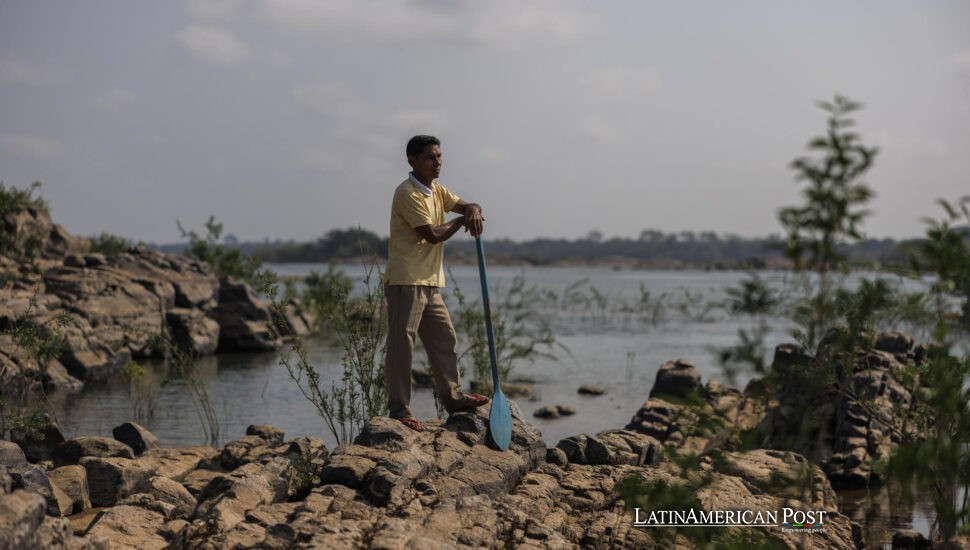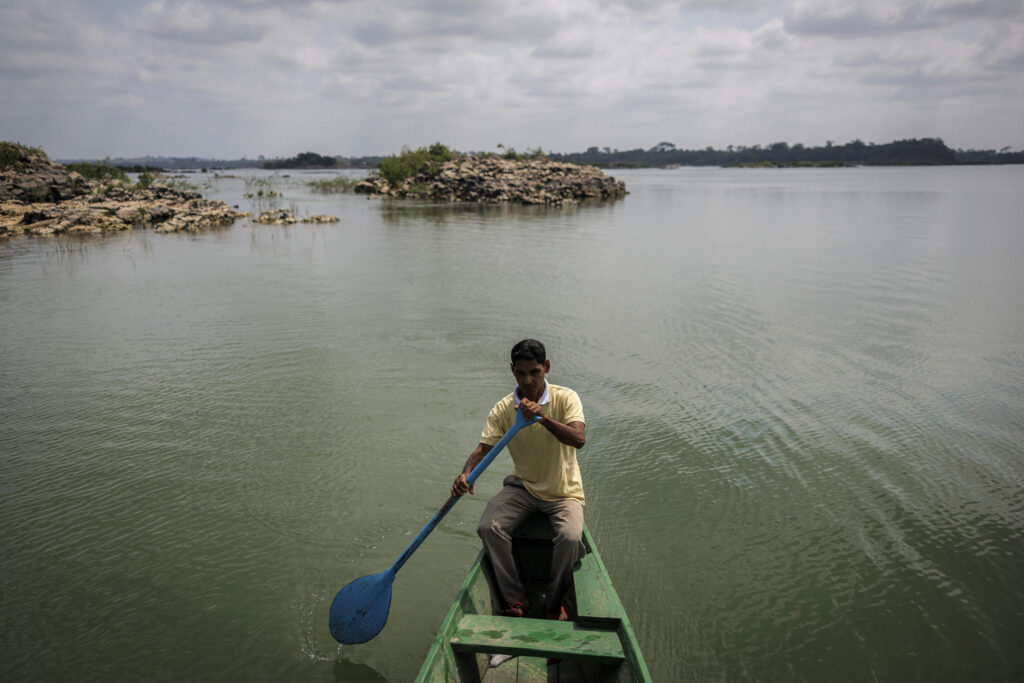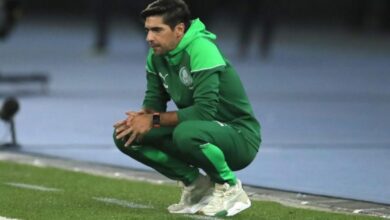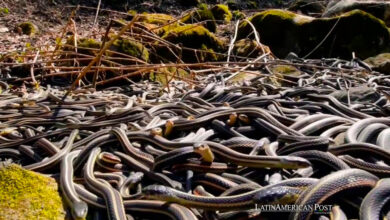Brazil’s Waterway Debate: Progress Cannot Mean Empty Nets and Silenced Rivers

The government’s plan to blast rock outcrops along the Tocantins to carve a 100-meter-wide waterway promises cheaper soy shipments. In Tauiry, Pará—host of COP30—fishers hear only explosions ahead, and courts agree the community hasn’t been correctly heard before permits proceed.
A River That Feeds More Than Barges
Stand on the Pedregal de Lourenço and you learn quickly that a river is not a pipe. Between the dark seams of rock that stitch 40 kilometers of the Tocantins, water slackens into pockets where life concentrates. “The backwaters fill with fish during the new moon—it’s their home,” said 52-year-old fisherman Ernandes Soares, leaning on his oar like a cane as he described the rhythms of tucunaré, the peacock bass prized for its size and flavor, to EFE.
For roughly 6,500 fishers in the region, those rocks are not obstacles; they are architecture—spawning nurseries, current breaks, food shelves. Remove the scaffolding, and the edifice collapses. Yet the federal plan proposes exactly that: detonate kilometers of rock, dredge the riverbed, and “open” the Tocantins for deep-draft barges.
The arithmetic looks clean on paper—20 million tons of soy and corn are shipped each year, with half a million fewer trucks, and transport costs are cut by 30%. This is the sales pitch behind every new hidrovia across Brazil. But cheap for whom, and clean by what measure, when the accounting leaves out a river’s first duty—to make life?
The Mirage of “Sustainable” Navigation
Officials frame the Tocantins waterway as an “efficient and sustainable alternative.” But in this reach, the rock gardens that stall vessels are the same micro-habitats that keep fisheries alive after downstream dams have already squeezed migration routes. “Because of the hydroelectric plants, some species only reproduce in this stretch,” warned biologist Alberto Akama of the Museu Paraense Emílio Goeldi in remarks to EFE. Dynamite here is not an upgrade—it is an erasure.
Meanwhile, Pará readies to host the world at COP30, pledging stewardship under the bright lights of climate diplomacy. Yet, in Tauiry, the state’s flagship project has been paused by the courts, after prosecutors argued that there was no meaningful consultation with fishers and that the fisheries study was dangerously thin. Even the environmental authority that issued preliminary permits has backtracked, demanding “guarantees” for fishers’ income. Guarantees in quotation marks rarely feed a family. “While development happens, we who live on the shore and depend on the river perish,” Soares told EFE. “If they remove the rocks, we won’t be able to fish there.“
Memory, Justice, and the Price of Promises
Tauiry knows what promises sound like when they break. In the 1980s, a massive dam was built, upending the village. “I had to move to a nearby city,” recalled 75-year-old Graçinha Pereira to EFE, noting that the promised houses never came. Fifteen years later, she returned, older and wiser: insist everything be put “on paper,” and even then trust slowly. Across Brazil’s mega-project corridors, “compensation” has too often meant bureaucratic delays, underfunded social programs, or deals that outlast the people most affected.
Yes, Brazil needs lower-carbon logistics. Highways are costly and dangerous; rail is overloaded; global buyers reward greener supply chains. Water transport reduces emissions and congestion on roads. However, labeling a project “sustainable” while ignoring social fractures and ecological losses is the oldest sleight of hand in development politics. Suppose the Tocantins waterway is such a public good. In that case, its backers should welcome transparent, audited impact studies, compensation funds tied to measurable results, and a step-by-step permit process that halts blasting until protections are in place in practice, not just in promises. That would be the first proof of sincerity.

A Better Blueprint Than Dynamite
There are more innovative ways to reconcile logistics with living rivers. Respect the court’s pause not as a hurdle but as a design opportunity. Co-create the plan with those who live by the river: fishers, traders, scientists, and municipal leaders. Use modern hydroacoustics and traditional ecological knowledge to map critical habitats and mark hard “no-go” zones. Where navigation must expand, design seasonal channels that avoid spawning peaks and pair any rock removal with engineered structures that mimic natural outcrops.
Require an independent fisheries baseline and a long-term monitoring board where fishers hold real seats and have veto power. Build the compensation fund up front, with capital proportionate to the risks, and tie payouts to actual livelihoods, not paper retraining schemes. And broaden the portfolio: upgrade smaller barge fleets that can already navigate, improve rail connections to ports, and invest in storage that smooths the harvest rush. The goal is not to freeze the river in time—it is to keep it recognizable to the people and species that give it a name.
Also Read: Mexico Risks Repeating Avándaro’s Mistake by Silencing Musicians Instead of Listening
Later this month, a judge will visit Tauiry before ruling. Pereira has prepared a song: “We ask the authorities to pay us more attention… taking fish from our table is a great humiliation.” In a year when Pará will welcome the world to talk about protecting nature and people together, the most credible speech the state can give is not from a podium in Belém. It is an honest covenant with Tauiry.
Let the Tocantins remain a river that carries barges and still feeds the hands that have steered it for generations.





